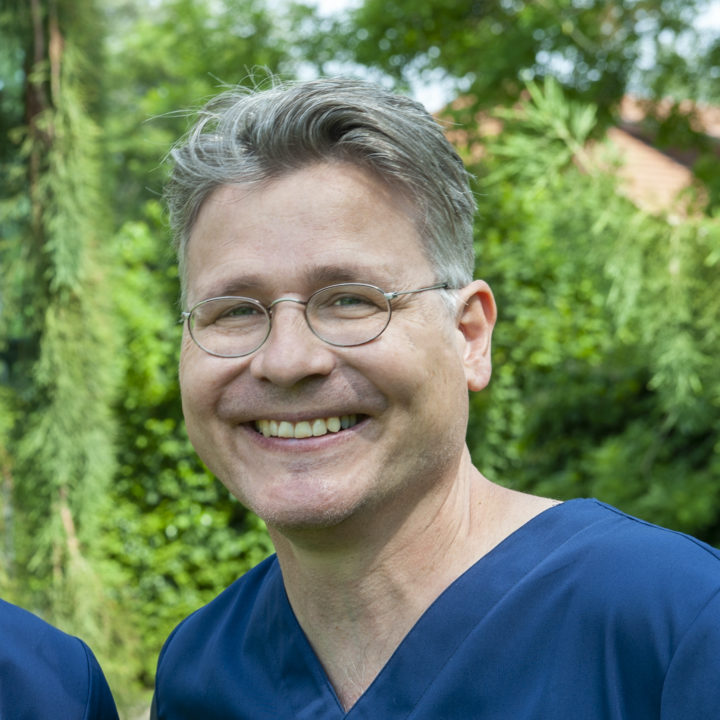Wrist and hand surgery
By protective reflex, the hands are primarily exposed during trauma.
As a result, wrist fractures are the most common.
At GO, we specialize in trauma to the wrist as well as the other 27 bones that make up the hand.
We also treat all pathologies related to worn joints (arthritis) using the most sophisticated techniques.
Our Hand Surgeon is also a microsurgeon and performs sutures of nerves, vessels and releases compressed structures (carpal tunnel, trigger finger, ulnar nerve, etc.).
Wrist fracture
In the simplest forms, wrist fractures are treated by immobilization. In the case of a more complex wrist fracture, surgical treatment with a plate and screw is indicated.
Most often, the term “wrist fracture” refers to a fracture involving the lower (distal) end of the radius. This fracture may also be associated with a fracture of the ulna or a ligament injury.
A wrist fracture is a very common trauma that can affect the entire population, regardless of age. It can be caused by a domestic accident as well as by a sports accident or an accident on the road.
The fracture usually occurs after a fall on the hand.
In younger patients, the fracture is often caused by a violent trauma (skiing accident, fall from a high place). In older patients, especially women affected by osteoporosis, the bones become fragile and can fracture with a more trivial trauma.
Complications following surgical treatment of a wrist fracture are rare, but possible:
- A swollen, painful hand with stiffness may occur in the case of algoneurodystrophy (CRPS). Its appearance is unpredictable and can evolve over several months. Sequelae such as stiffness and pain are then possible.
- A postoperative displacement of the fracture can happen.
- The rupture of a tendon is possible, following a fracture of the radius, the tendons passing directly in contact with the fracture.
- The risk of non-consolidation is rare.
- The risk of infection is rare
- In some subjects, mobility may be difficult to recover and pain may persist.
RHIZARTHROSIS
Osteoarthritis of the thumb base joint
It corresponds to the osteoarthritis of the base of the thumb and manifests itself by the progressive destruction of the cartilages of the joint between the trapezium and the first metacarpal. This arthrosis can also affect other joints around the trapezium. It is very common, affecting mostly women, and most often begins around the age of 50. It can be well tolerated despite the importance of radiological signs and deformations of the thumb, or it can become very annoying in daily life, leading to pain, a limitation of the mobility of the base of the thumb and a decrease in the strength of the hand.
The diagnosis of the rhizarthrosis (basal thumb osteoarthritis) is based on the patient’s complaint, the clinical examination and X-rays.
The treatment of the osteoarthritis of the basal thumb in the first instance, is medical. It is based on analgesics, anti-arthrosic drugs, a modification of the gestures and the setting of a rest splint (orthosis). This brace is most often worn at night, either temporarily or permanently.
Surgery of the rhizarthrosis is only considered after medical treatment has failed. It consists of the placement of an articulated prosthesis fixed in the metacarpus (stem) and the trapezium (cup) in order to eliminate the painful friction in this worn joint. The procedure can be performed under local or general anesthesia, depending on the agreement between the patient and the anesthesiologist. The surgery is performed in the context of a short hospitalization (one night) for optimal management of postoperative pain.
The dressing is changed regularly and a splint is put in place for 2-3 weeks depending on the evolution. The sutures are removed after 2 weeks and an X-ray check is performed. If necessary, some occupational therapy sessions are prescribed.
Joint prostheses are made from materials that will wear out over time. This wear is more or less rapid depending on the patient’s activity. The prostheses can become detached from the bone over time (loosening) or dislocated. Wear, loosening and dislocation can lead to a surgical revision.


